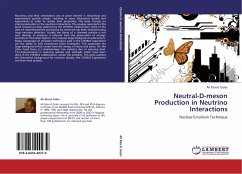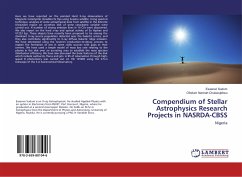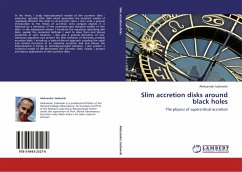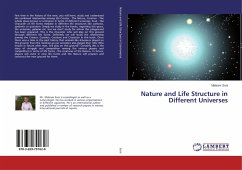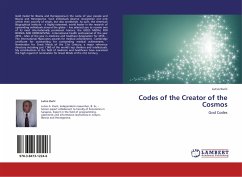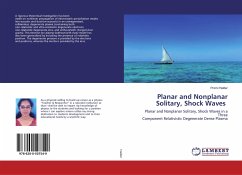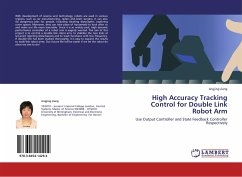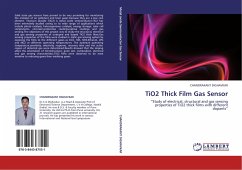Neutrinos and their interactions are of great interest in theoretical and experimental particle physics, resulting in many theoretical models and experiments in order to resolve their properties. This book focuses on charm production in the neutrino interactions. The analysis reported in this book is based on data collected by the CHORUS collaboration. Most of the data on charmed particle production by neutrinos has been obtained using large neutrino detectors. Usually the decay of a charmed particle is not seen directly, its presence is inferred from the observation of strange particles or final state leptons. This requires large background subtractions. Major advantages of emulsion techniques used in the CHORUS experiment are the ability to fully reconstruct event kinematics. This suppresses the large background that comes from the decays of kaons and pions. On the other hand there is a disadvantage: low statistics due to scanning load. The improvements in scanning systems and methods which have been done in the CHORUS collaboration, solved this problem. This book outlines the theoretical background for neutrino physics, the CHORUS Experiment and then data analysis.
Bitte wählen Sie Ihr Anliegen aus.
Rechnungen
Retourenschein anfordern
Bestellstatus
Storno

